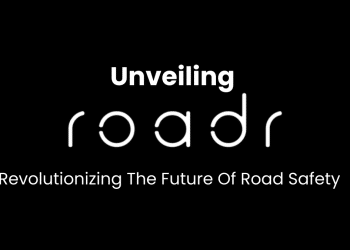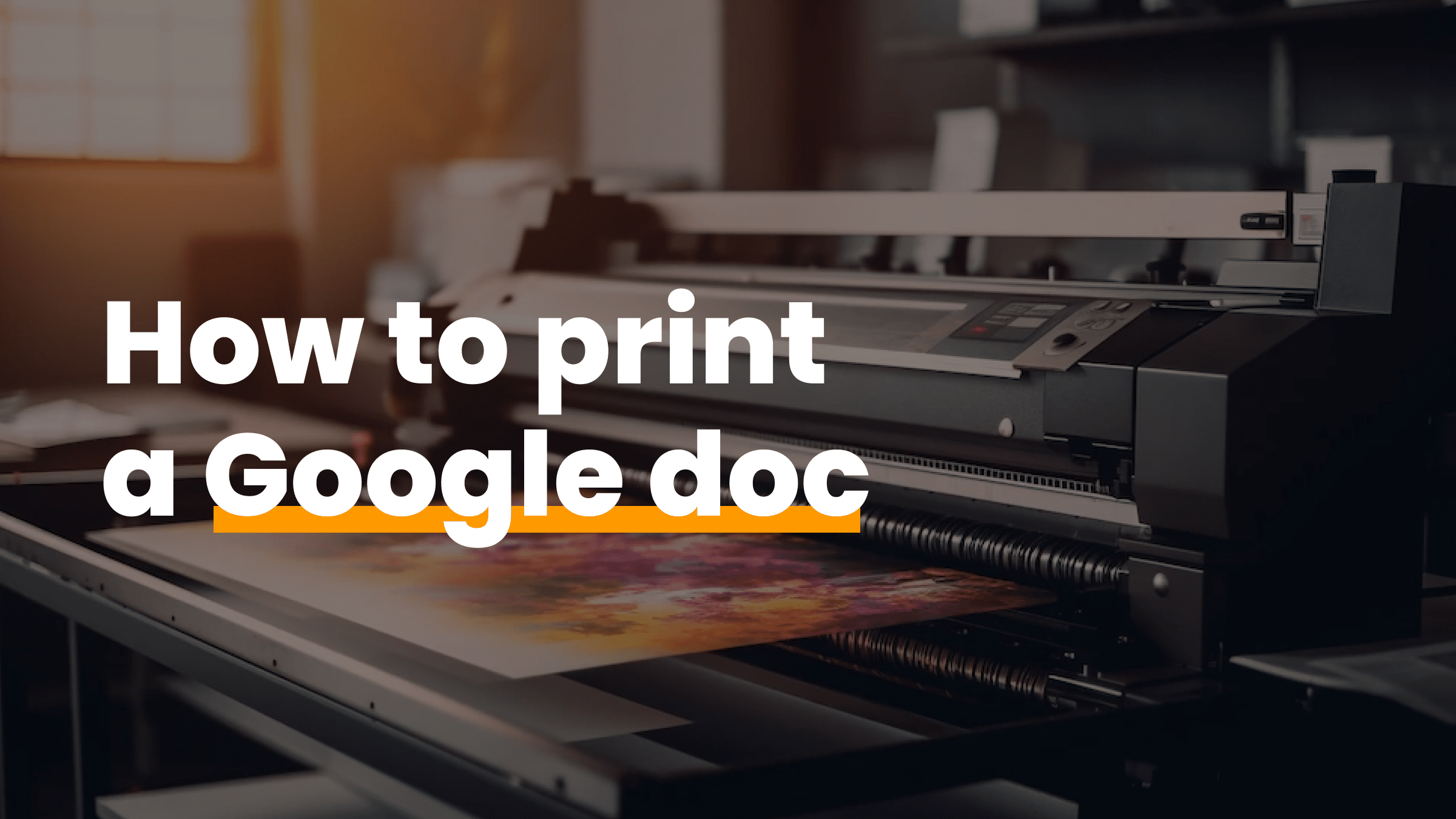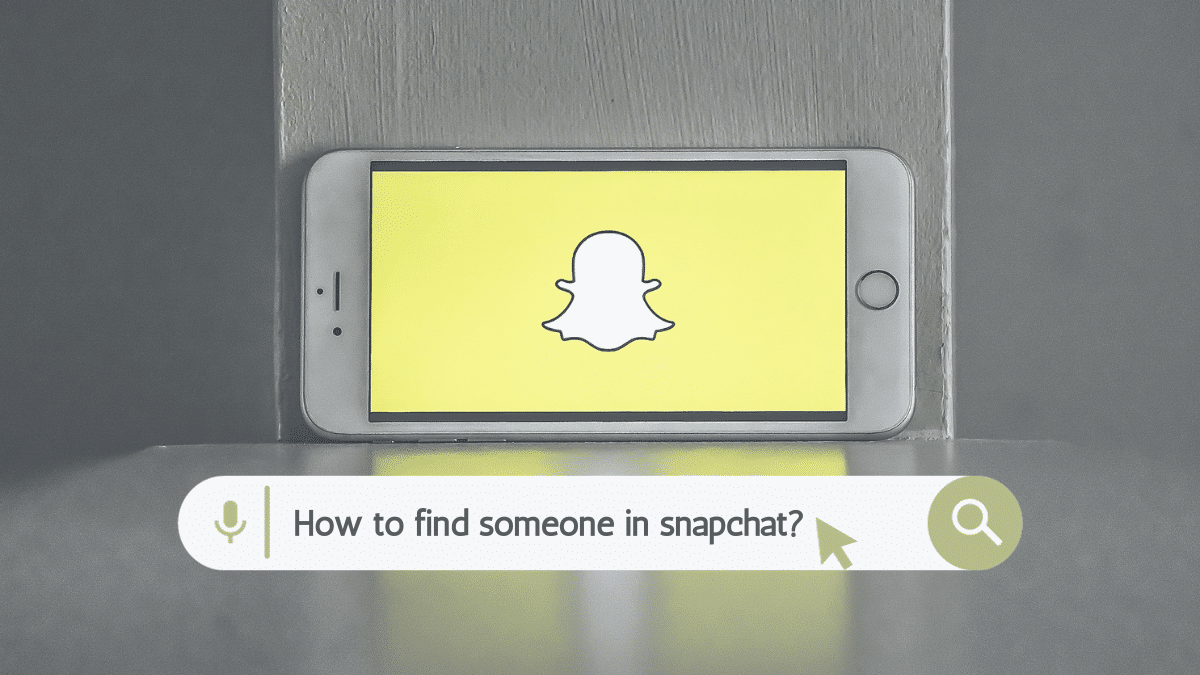Do you know how to remove plagiarism? How can you transform borrowed ideas into original gems? With citation magic, rewriting spells, and plagiarism detectors at your fingertips, are you ready to craft authenticity in your writing?
Plagiarism, like a sneaky shadow, can sometimes find its way into our writing without us realizing it. But fear not! Knowing how to remove plagiarism is like shining a light on that shadow to make your work truly yours.
Acknowledging the original creators is key. Consider it as acknowledging the rightful ownership. When you appropriately reference your sources, whether they’re books, websites, or another person’s creation, you demonstrate appreciation for their thoughts and clarify what you’ve used from them.
Then comes the exciting part – putting those borrowed ideas into your own words. It resembles drawing inspiration from a painting and crafting your rendition of it. This approach not only fosters originality in your writing but also deepens your comprehension of the subject matter.
Moreover, employing plagiarism detection tools is akin to having a supportive companion who identifies elements you might have overlooked. These tools scan through your work and highlight any areas that might resemble existing content elsewhere.
By integrating these approaches, you’ll progress toward crafting writing that isn’t merely genuine but also a genuine representation of your individual thoughts and creativity. Are you prepared to start this expedition toward enhancing your writing?
What is plagiarism?
Have you ever played the game Telephone, where a message gets passed around and might change a bit by the time it reaches the end? Indeed, plagiarism is akin to that situation, but within the realm of writing. It’s analogous to when you develop an incredible story, and then someone copies it word for word, presenting it as their own creation. Plagiarism involves appropriating another individual’s work and misrepresenting it as your own.
Plagiarism isn’t limited to directly copying and pasting text. It extends to appropriating someone else’s concepts, notions, or artwork without acknowledging their contribution. Imagine if you built an awesome Lego castle and your friend said they made it all by themselves without mentioning your help. That wouldn’t feel fair, right?
But don’t worry, understanding plagiarism is like knowing the rules of a game. You can always avoid it! When you use someone’s ideas or words, you can give them credit by saying where you got it from. It’s like saying, “Hey, I got this cool idea from this book or website!” That way, you’re being honest and showing respect for the original creator.
Creating your stuff is super fun, too! You can take inspiration from others but make it your own by using your words and adding your twist. It’s similar to preparing a unique sandwich following a recipe but adding your preferred ingredients to give it a distinct flavor.
Always bear in mind that originality and acknowledging others for their brilliant ideas are fundamental. Therefore, when you’re crafting something remarkable, ensure to infuse it with your personal touch and acknowledge and appreciate the individuals who inspired you. That’s the path to avoiding plagiarism altogether.
When does plagiarism occur?

Plagiarism happens when someone uses someone else’s words, ideas, or work without giving them proper credit. It can occur in various situations:
Copying without attribution
Plagiarism occurs when you duplicate and insert someone else’s words, sentences, or entire paragraphs without crediting the source or acknowledging the original author. It’s akin to taking a friend’s drawing and claiming it as your own creation.
Paraphrasing without credit
Even if you rewrite something in your own words but keep the original idea without acknowledging where it came from, it can still be plagiarism. It’s like retelling a story you heard without saying who told it first. This is how to get rid of plagiarism.
Using someone’s ideas without permission
If you use someone else’s unique idea, theory, or concept without saying it’s their idea, that’s plagiarism too. It’s like taking a fantastic idea from a friend’s game and claiming it as your own invention.
Not citing sources
When you write a school report or an article and don’t say where you got your information from (like books, websites, or interviews), it could be seen as plagiarism. It’s like baking a cake but not listing the ingredients you used. This is how to remove plagiarism.
Remember, giving credit is super important! Whenever you use someone else’s words, ideas, or work, just like giving a shout-out to your friends for their help, it’s essential to give credit to the original creator. That way, everyone gets recognized for their fantastic work, and you stay clear of the plagiarism zone!
How much is plagiarism acceptable?
Plagiarism, in any manner, is not permissible. It’s comparable to adhering to the rules in a game – you either participate fairly or you don’t. Replicating someone else’s work without acknowledging it isn’t commendable because it lacks honesty and disregards the efforts of others.
When it comes to schoolwork, writing, or creating things, it’s essential to be original. You can use others’ ideas or words as inspiration, but you should always put your spin on things. It’s like making your unique artwork using different colors and shapes inspired by someone else’s painting.
Now, there are instances where you might use other people’s work, like quotes or information from books or websites, in your own writing. That’s okay! But the key is to give credit where it’s due. Just like saying “thank you” when someone helps you, acknowledging the original creator shows respect and honesty.
So, in short, there’s no acceptable plagiarism level. It’s essential to strive to be original and give credit whenever you use someone else’s words or ideas. By doing that, you’re not just playing fair, but you’re also showing integrity and respect for others’ work.
How to remove plagiarism?
Do you know how to remove plagiarism? It involves several steps to ensure that your writing becomes original and properly attributes sources:
Understand plagiarism
First, learn what plagiarism is and why it’s essential to avoid it. Recognize that using someone else’s work without proper credit is not acceptable.
Cite your sources
When using information, quotes, or ideas from books, articles, websites, or any other source, always give credit. Use citation styles (like APA, MLA, or Chicago) to cite the sources you’ve used properly.
Paraphrase and rewrite
Instead of copying directly from a source, read the information and put it into your own words. This is called paraphrasing. Remember, it’s not just about changing a few words; you should genuinely rephrase the content while retaining the original idea. This is how to remove plagiarism from a text.
Use quotations correctly
If you want to use someone’s exact words, put them in quotation marks and cite the source. This shows that you’re acknowledging the original author’s words.
Plagiarism checkers
There are online tools (like Turnitin, Grammarly, or Copyscape) that can help you detect unintentional plagiarism in your work. Use these tools to review your writing and ensure you haven’t missed giving credit where it’s due.
Develop your ideas
Incorporate your thoughts, opinions, and analysis into your writing. This adds your unique perspective and reduces the reliance on others’ work. That’s a good way
Review and edit
After writing, review your work to ensure all sources are correctly cited. Check for areas where you might have accidentally used someone else’s words or ideas without acknowledgment.
By following these steps, you can effectively remove plagiarism from your writing and ensure that your work is original, properly attributed, and reflects your own thoughts and efforts.
How can I remove plagiarism for free?

If you want to know how to remove plagiarism for free, you can do a few things:
Paraphrasing
This means expressing the ideas from a source in your own words while retaining the original meaning. Changing the sentence structure and using synonyms can help in rephrasing without altering the core message. By doing this, you’re essentially putting the information in your own voice, making it unique to your writing. This is how to remove plagiarism by paraphrasing.
Citing sources
Whenever you’re using information, quotes, or ideas from books, websites, or other sources, it’s crucial to give credit. This is typically done through citations or references, depending on the citation style (like MLA, APA, or Chicago). Acknowledging the original author or source shows respect for their work and help in how to get rid of plagiarism.
Utilizing online tools
There are free plagiarism checker tools available on the internet. These tools compare your writing against a vast database of existing content to detect similarities. They highlight text that might be similar to other sources, helping you identify and rectify unintentional plagiarism in your work.
Using a mix of these techniques is crucial for effectively eliminating plagiarism. This guarantees that your writing is unique, correctly acknowledged, and doesn’t encroach upon the work or concepts of others. Keeping all these in mind is essential for knowing how to remove plagiarism.
How do you paraphrase without plagiarising?
Paraphrasing without plagiarizing is akin to translating someone’s idea into your own language. To begin, grasp the essence of what the individual conveyed. Rather than duplicating their exact words, you reiterate the concept using distinct phrasing and a unique presentation. It’s similar to narrating the same story in your individualized manner. This is a great way of knowing how to remove plagiarism.
However, it’s crucial to remember this key aspect: even when you express an idea using your own words, it’s essential to acknowledge the source of that idea. This involves crediting the person who initially conceived or articulated the thought. This way, you respect their work and avoid copying without permission.
How to remove plagiarism from paper?
Removing plagiarism from your paper involves a few steps:
Rephrase using your own words
Instead of copying directly from a book or the internet, read the information carefully and understand it well. After comprehending the concept from the original source, shut the book or website and convey the idea in your unique manner. This is one way of knowing how to remove plagiarism from paper.
Picture yourself explaining it to a friend who isn’t familiar with it at all. By doing so, you’re articulating the concept using your individual style and words while preserving the same core idea.
Paraphrase carefully
Try changing the structure of the sentences and using synonyms (different words with the same meaning) to express the original idea. This helps in making the content unique to your writing. This is how do you paraphrase without plagiarising.
Credit original sources
Whenever you use facts, ideas, or information that you learned from somewhere else, make sure to mention where you got it from. This is called citing your sources. One way to accomplish this is by including a compilation of references at the conclusion of your document or inserting corresponding numbers within the text that correspond to a reference list. This is how to get rid of plagiarism.
By adhering to these guidelines, you guarantee that your paper is composed using your unique expressions while also acknowledging the individuals or sources from which you obtained the information. This approach upholds the integrity, respectfulness, and originality of your work.
How to avoid self-plagiarism?
Preventing self-plagiarism involves refraining from reusing your previous work in a manner that might portray it as new or original. Here’s a guide to avoid it:
Introduce new ideas
When tackling a new assignment or writing task, strive to generate innovative ideas and find novel ways to describe concepts. Steer clear of duplicating verbatim what you previously wrote, even if it originated from your own work. This is how to avoid self-plagiarism.
Cite yourself
If you wish to incorporate something you’ve previously written, that’s acceptable! However, it’s crucial to inform your teacher or reader that you’ve discussed this topic previously. Mention where they can find the earlier work, like the title of the previous paper or where it was published. This way, you’re being honest about using your own work again.
By following these steps, you make sure that your new work is always original, and if you do use something you’ve written before, you’re giving credit to your previous ideas. This is how to remove plagiarism.
How to avoid plagiarism with chat GPT?

When using ChatGPT or any AI to assist with your writing, avoiding plagiarism is crucial. Plagiarism means taking someone else’s words or ideas and using them as your own, without acknowledging the original source. Here are some ways to prevent it:
Put ideas in your own words
When ChatGPT helps you generate text or ideas, try to rephrase or explain those points in your own unique way. Rather than copying everything it suggests, take the main idea and express it using your own language and style.
Attribute ideas to chat GPT
If ChatGPT provides a helpful insight, piece of information, or wording that you use in your writing, be sure to credit ChatGPT for that contribution. You can do this by mentioning that the idea or content was suggested by the AI.
By following these steps, you ensure that your writing remains original while acknowledging the assistance provided by ChatGPT. This way, you avoid the pitfalls of plagiarism and create respectful and original content.
How to avoid unintentional plagiarism?
Plagiarism happens when you use someone else’s words or ideas without giving them credit. It’s important to avoid it. Here are some tips:
Tips to avoid unintentional plagiarism
Paraphrasing
When you find information you want to use in your own writing, try to rewrite it in your own words. Read the original, understand it, and then write it down using different words. This way, you’re not just copying what someone else said. This is how to avoid unintentional plagiarism.
Using quotation marks
If you want to use someone’s exact words, put those words in quotation marks. This shows that you’re using their words exactly as they wrote them. Always include who said or wrote those words.
Citing your sources
Whenever you use information from a book, a website, or any other source, make sure to say where you got it from. This could be by mentioning the author’s name, the book’s title, the website’s name, or even the page number. You can do this in footnotes, endnotes, or by creating a bibliography.
Taking good notes
When you’re researching and gathering information, write down where you found each piece of information. It’s like making a list of all the places you got your ideas from. This helps you remember where you found things so you can give credit to those sources later on. This is how to avoid unintentional plagiarism.
Using plagiarism checkers
There are special tools available that can help you check if your work might unintentionally resemble something else too closely. These tools compare your writing to a bunch of other writings to see if there are any similarities. They’re helpful in catching any mistakes you might have made by accident.
Why giving credit matters
Giving credit to the people whose ideas and words you use is really important. It’s a way of showing respect and thanking them for letting you use their stuff in your own work. Plus, it’s part of being honest and fair. This is how to remove plagiarism.
Remember, it’s not just about avoiding trouble; it’s about respecting the hard work of others and being proud of your own original work!
Conclusion
Getting rid of plagiarism means making sure the things you write are your own ideas and words. You do this by using tricks like giving credit to people whose ideas you use, writing things in your own way, and using tools that help you find if your work is too much like someone else’s.
This is how to remove plagiarism. When you give credit to others, it’s like saying, “Hey, thanks for the cool idea!” Making the words your own is like telling a story in your own words after hearing it from someone else. Using these tricks, you make your writing truly yours, so it’s fair to everyone!
- “As chicaadmin at The Chicago Weekly, I curate trending national and international news stories with a focus on social justice and cultural impact. My passion for journalism and commitment to independent media are fueled by my Chicago roots and belief in the power of storytelling to connect communities. Follow me on Twitter for insightful commentary and news updates!”












